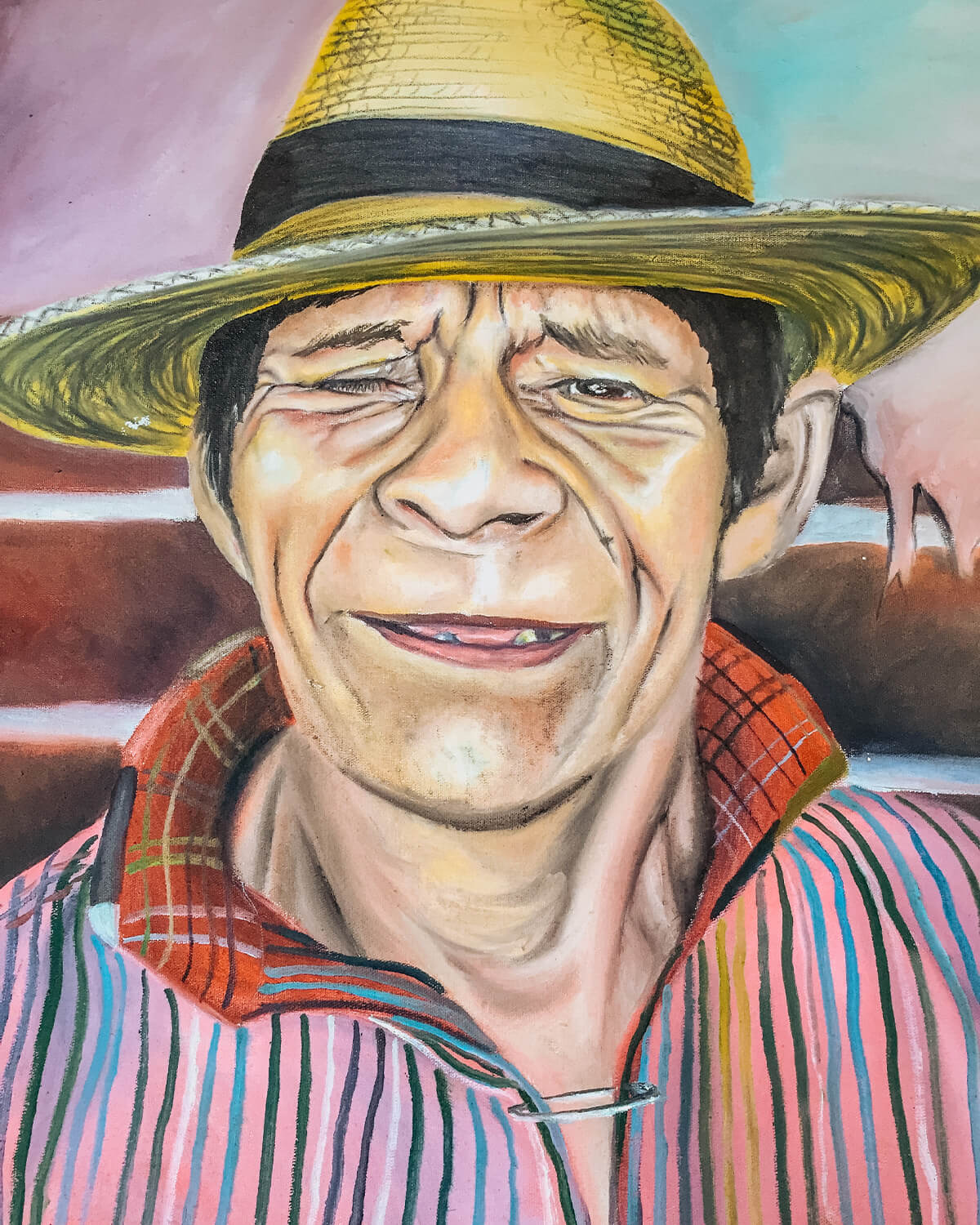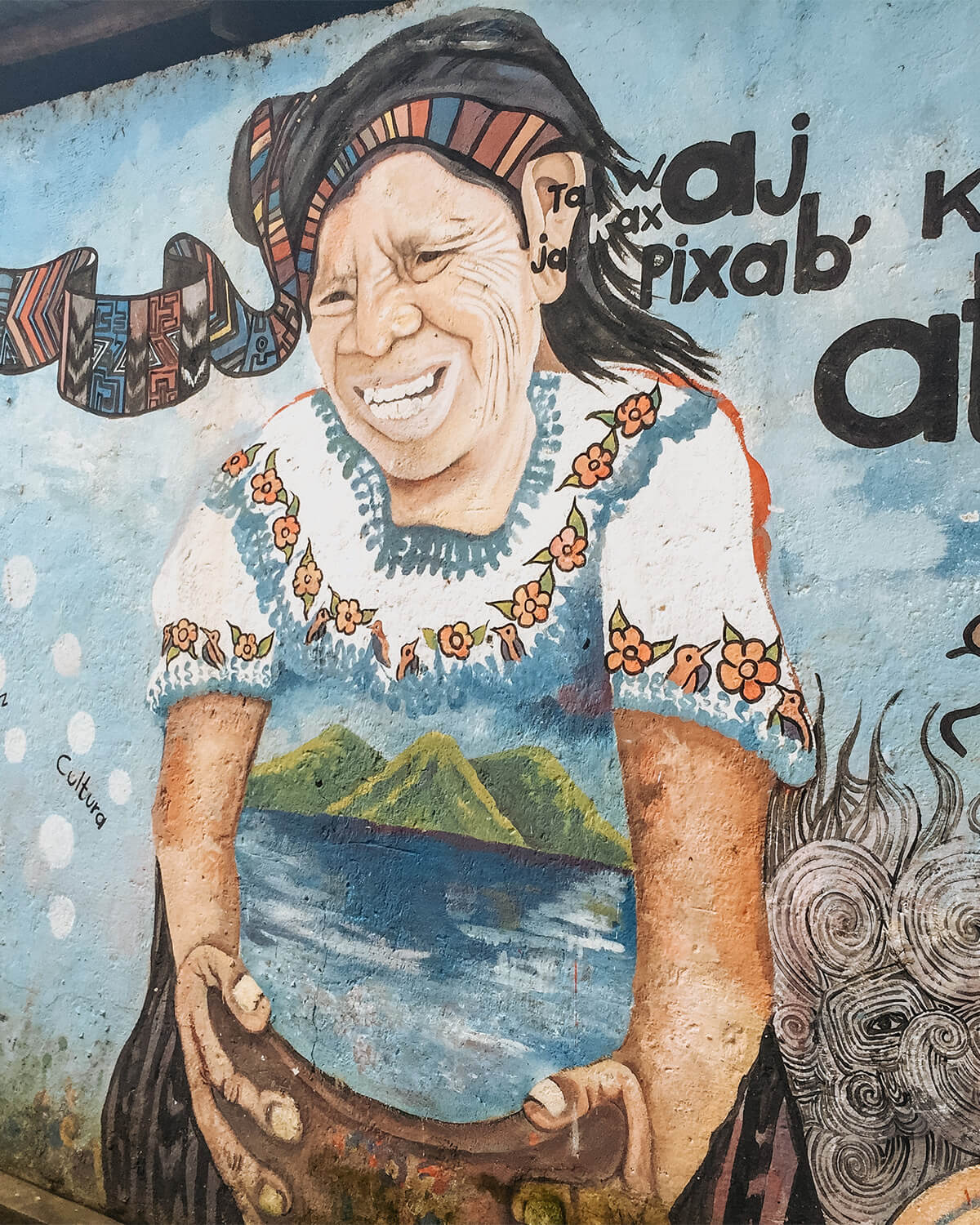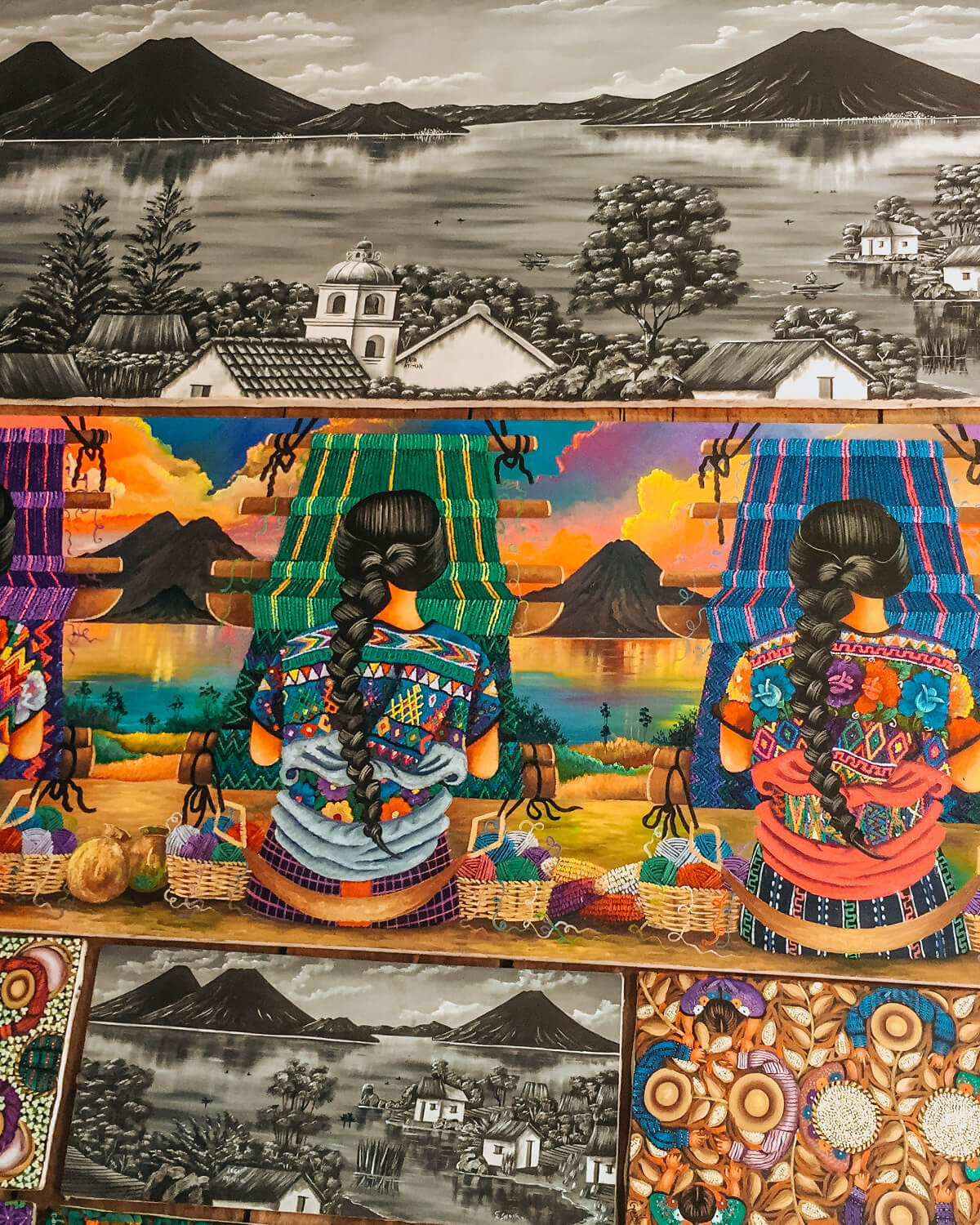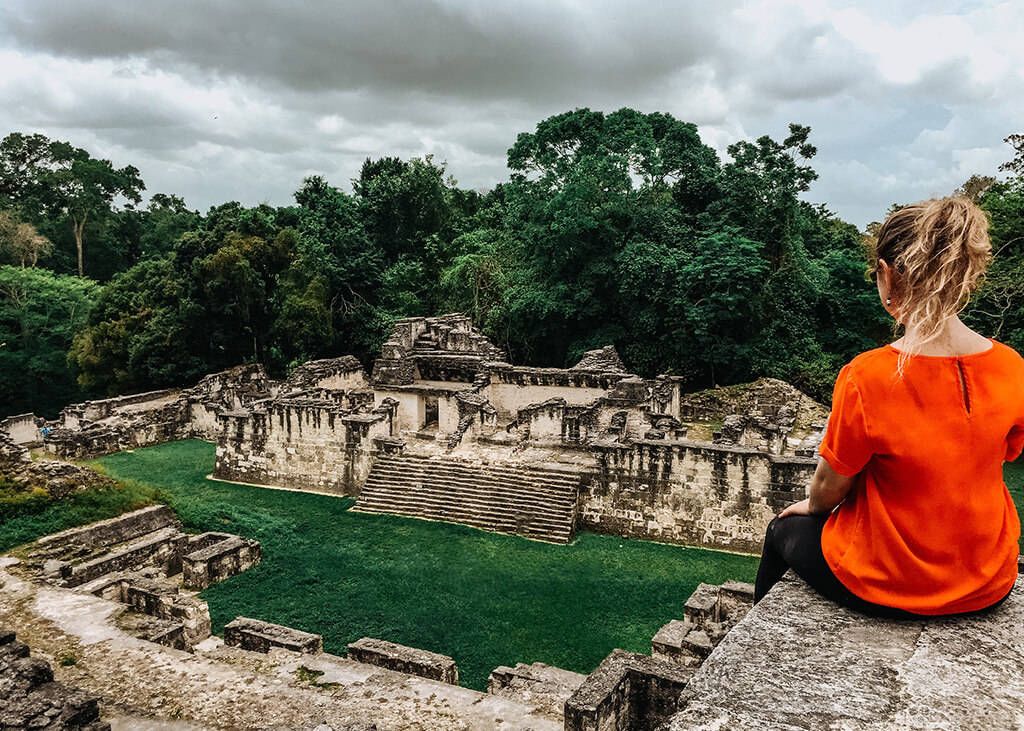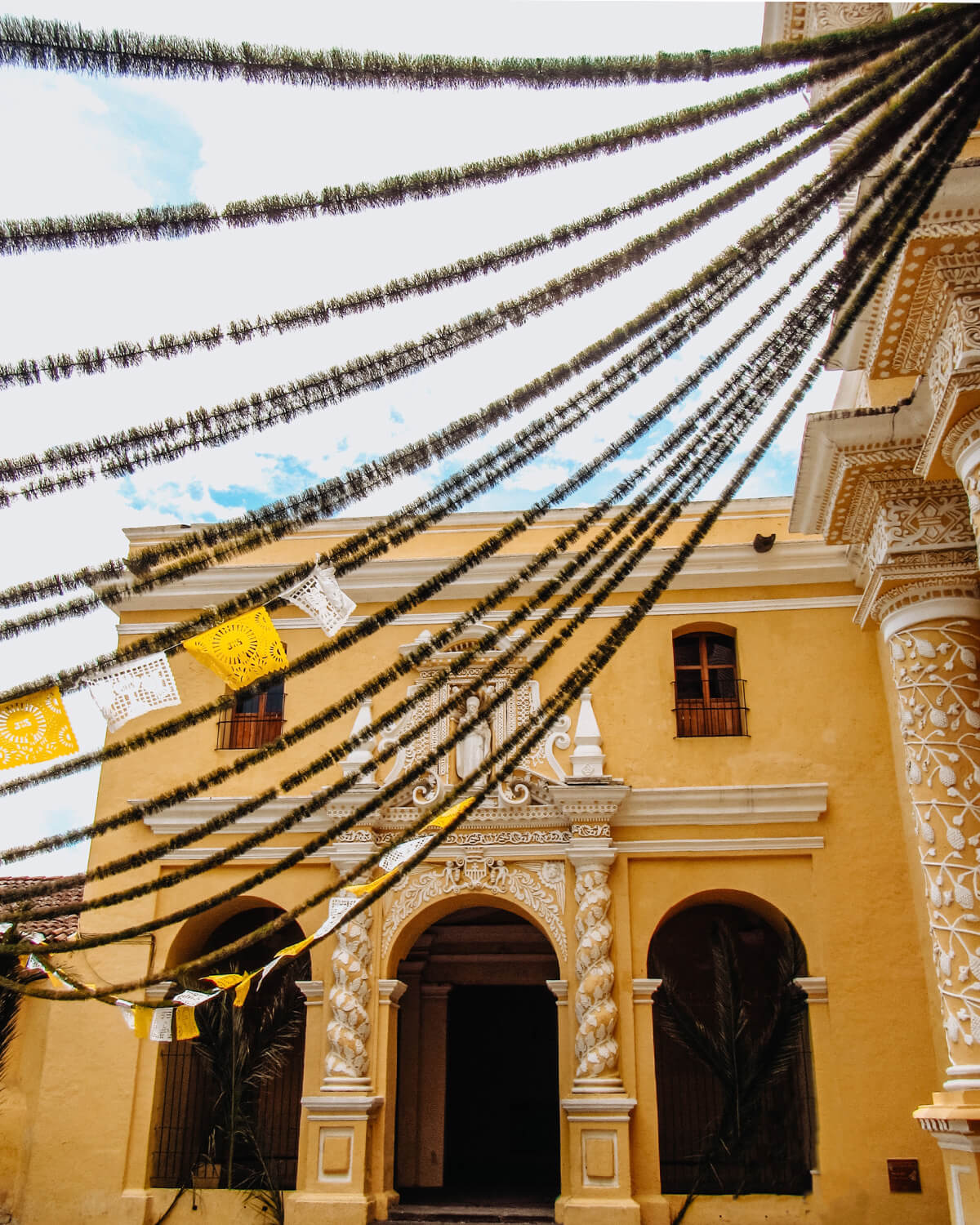Suggestion to feel safe in Guatemala
Personal safety is a serious issue in Guatemala. While the vast majority of tourists experience no problems at all, general crime levels are high, and it’s not unknown for criminals to target visitors, including tourist shuttle buses.
Buses stop frequently to pick up and drop off passengers, and shopkeepers in smaller towns often use chicken buses to transport goods, meaning there isn’t much space in the aisles and safety is always an important topic between foreigns. Opportunistic theft is common on the buses, so be alert and keep an eye on your valuables. Make sure to let the driver know where you want to go, so they can tell you when you’ve reached your destination.
Large backpacks will be put on the roof, so it’s best to travel with a small daypack, rather than exposing your belongings. If someone starts a conversation with you be aware that while most interactions are genuine, robbers sometimes start a conversation to distract you so be careful with your wallet, phone or camera.
Most travel agencies offer day trips in small vans or minibuses. These tours are more expensive, but they’re also offer a guide, more legroom and have air-conditioning. Much more comfortable and less risky.
You will find Uber in Guatemala City and Antigua.The rideshares are handy in the big cities because the price is fixed and if you don’t speak Spanish, you can leave everything to the app. However, in smaller towns and around Lago de Atitlán, Uber and even metered taxis are almost non-existent.
Health
Most visitors enjoy Guatemala without experiencing any health problems. However, it’s always easier to become ill in a country with a different climate, food and germs. Diarrhoea is the medical problem you’re most likely to encounter. Its main cause is simply the change of diet: the food in the region contains a whole new set of bacteria, and perhaps rather more of them than you’re used to. Make sure to be careful to choose good places to eat, bring some medicine and drink lots of bottled water.



